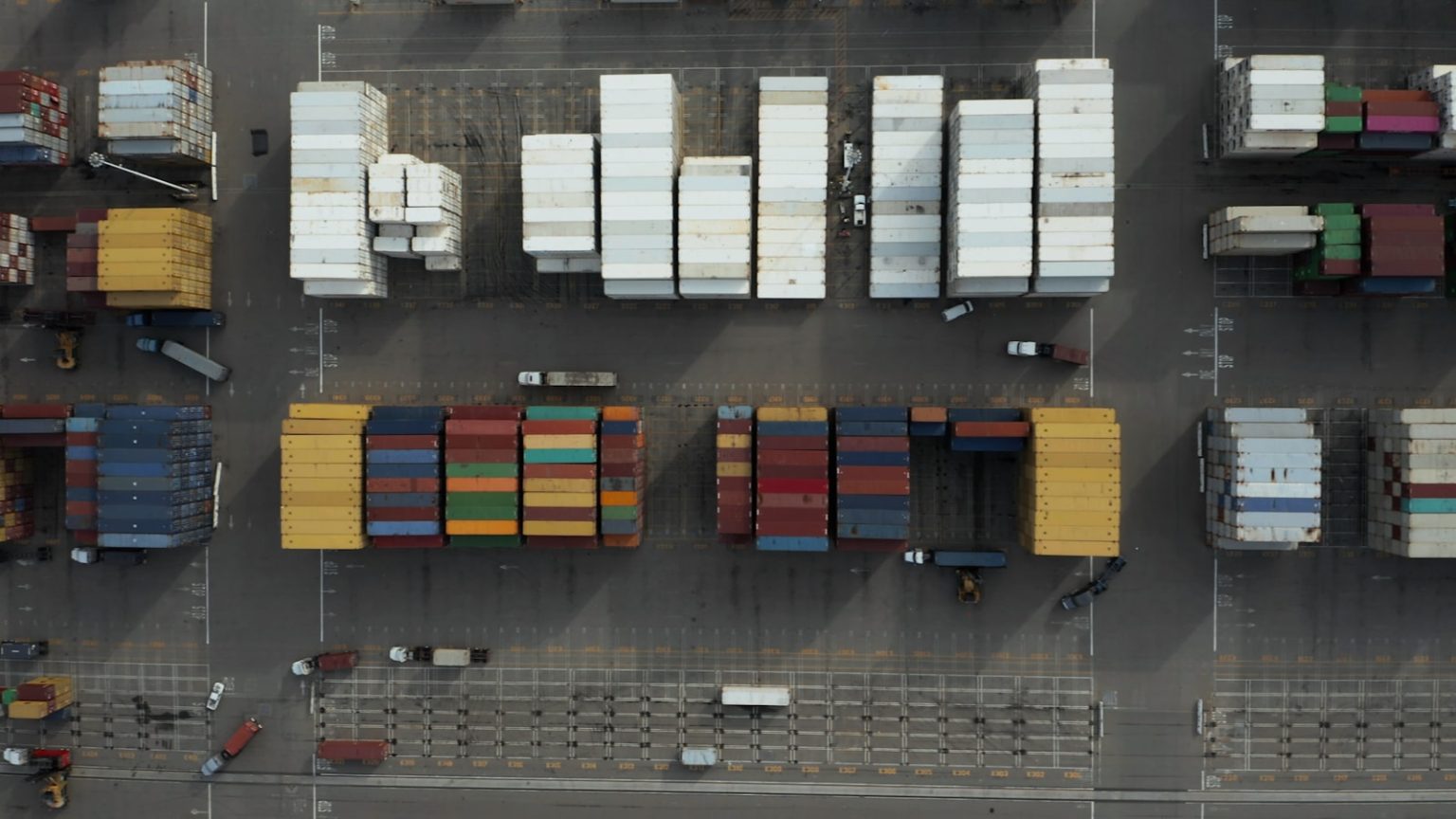The president’s recent announcement of tariffs has sparked debate among economists and policymakers about their potential impact on domestic and international markets. While the administration claims these trade measures will usher in a “golden age” for American industry, economic experts remain skeptical about such promises.
The president has positioned tariffs as a cornerstone of his economic strategy, arguing they will revitalize American manufacturing and create jobs. However, analysis of previous tariff implementations suggests the outcomes may be more complex than the administration’s optimistic projections indicate.
Potential Economic Impacts
The proposed tariffs could affect various sectors of the U.S. economy in different ways. Manufacturing industries that face foreign competition might see short-term protection, potentially preserving some jobs. However, industries that rely on imported components could face higher production costs, which might be passed on to consumers.
Consumer prices represent one of the most immediate concerns. Higher tariffs typically lead to increased costs for imported goods, which can contribute to inflation. American households could see price increases on everything from electronics to clothing, effectively reducing purchasing power for many families.
Job markets may experience mixed effects. While some manufacturing positions might be protected or created, other sectors could see job losses if trading partners implement retaliatory measures targeting U.S. exports. Previous rounds of tariffs have shown that job gains in protected industries can be offset by losses elsewhere in the economy.
Global Economic Considerations
The international economic community has expressed concern about the potential for escalating trade tensions. Major trading partners have already indicated they may respond with countermeasures if new tariffs are implemented.
Global supply chains, which have become increasingly integrated over decades, could face significant disruption. Many American companies rely on international suppliers for components and materials, making them vulnerable to trade restrictions.
“Trade wars are not easily won, and the costs are often borne by consumers and businesses on both sides,” noted one economic analyst familiar with international trade patterns.
Financial markets have already shown sensitivity to trade policy announcements, with stock indices fluctuating in response to tariff news. Continued uncertainty could lead to market volatility as investors attempt to predict outcomes.
Historical Context
Previous administrations have used tariffs with mixed results. The steel tariffs implemented in 2002 protected some domestic producers but led to higher costs for steel-consuming industries and an estimated loss of 200,000 jobs in those sectors—more than the total employment in the steel industry at that time.
More recent tariff actions have shown similar patterns of sector-specific benefits offset by broader economic costs. These historical examples suggest caution when predicting widespread economic benefits from protective trade measures.
Key Considerations for Businesses and Consumers
- Supply chain disruptions may force companies to seek alternative suppliers or relocate production
- Consumer goods prices could increase across multiple categories
- Export-dependent industries may face challenges if trading partners implement retaliatory measures
- Market volatility might increase as trade policies evolve
Economic experts point out that while tariffs can provide protection for specific industries, they rarely deliver the broad-based prosperity promised by their proponents. The complex nature of global trade means that protective measures often create winners and losers within the domestic economy.
As the administration moves forward with its trade agenda, businesses and consumers will need to prepare for potential disruptions and price changes. The promised “golden age” may materialize for some sectors, but the overall economic impact remains uncertain and will likely vary significantly across industries and regions.







